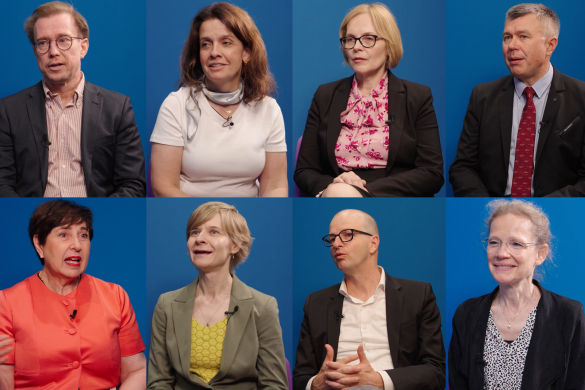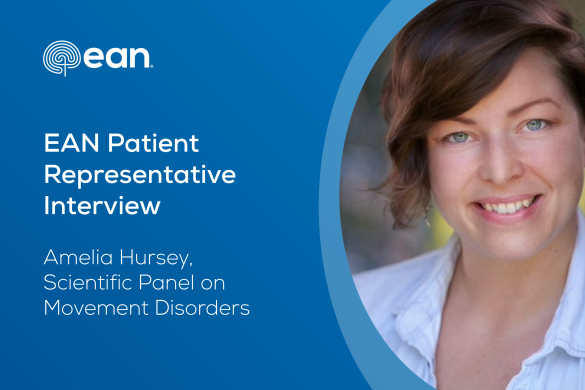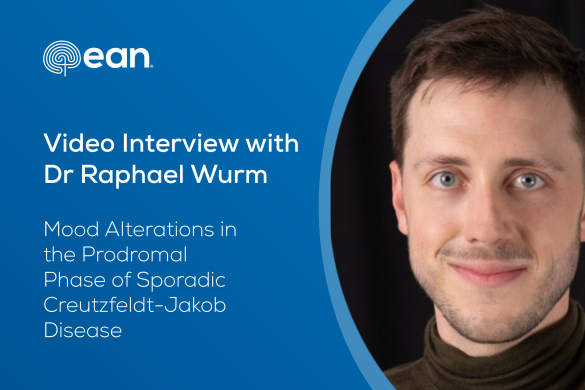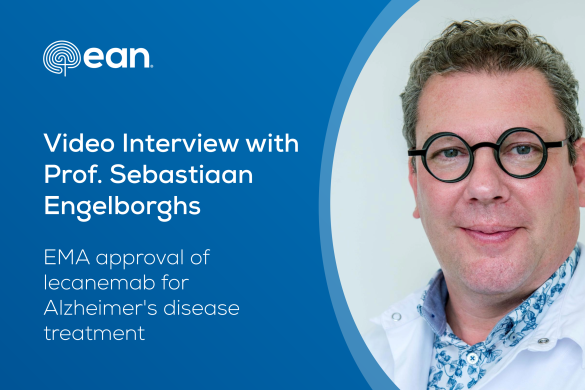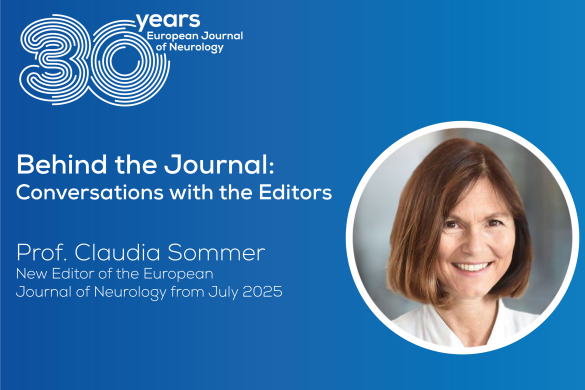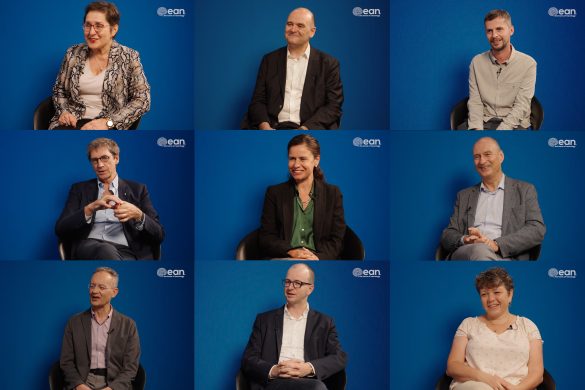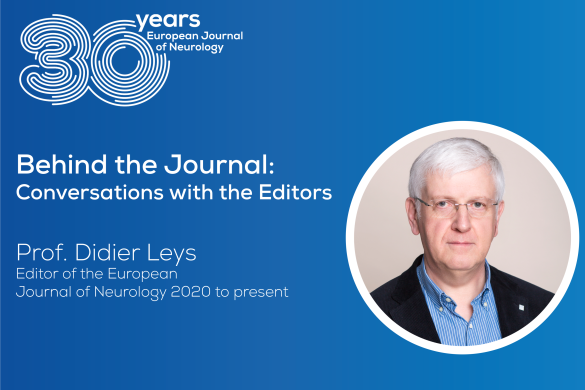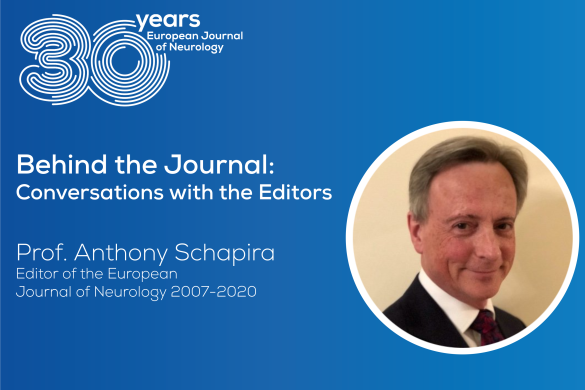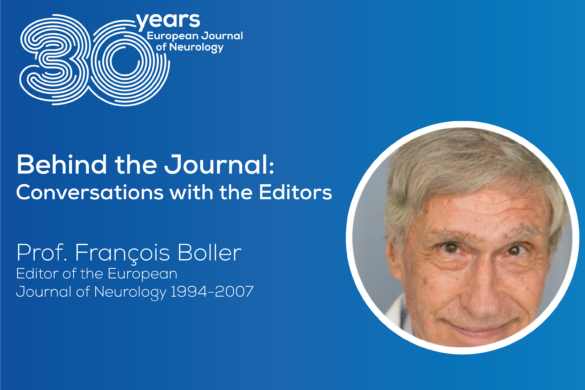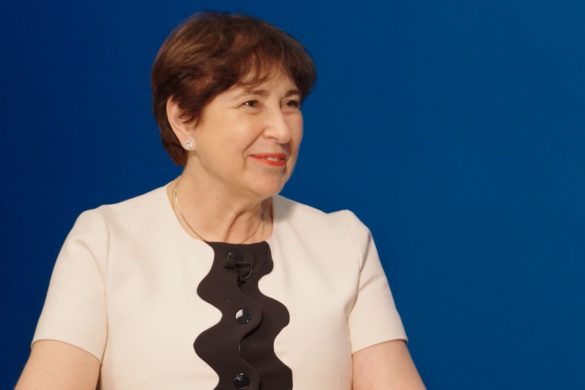The EFNS Scientist Panels and ENS Subcommittees aim at coordinating different facets of clinical research and good neurological practice at the European level. They will play a very important role in the European Academy of Neurology – EAN.
We invited the chairpersons of the EFNS Scientist Panels and ENS Subcommittees for their view on the future role of these panels/subcommittees within the EAN.
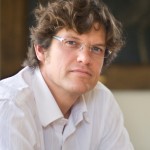 Interview with Steven Laureys
Interview with Steven Laureys
Neuropenews (NN): Briefly outline the future role you see for your scientist panel/ subcommittee within the European Academy of Neurology.
Steven Laureys (SL): The challenges of our EAN sub-committee on “Coma & chronic disorders of consciousness” is to improve the knowledge and care of patients with brain death, coma, locked-in syndrome and chronic disorders of consciousness following severe acquired brain damage such as vegetative state/unresponsive wakefulness and minimally conscious state. We aim to have a strong interaction with the World Federation of Neurology newly created Applied Research Group on Coma and Disorders of Consciousness.
Making a correct diagnosis and prognosis and offering an evidence-based treatment plan for patients with disorders of consciousness remains a huge challenge. Our bedside assessment might be biased by severe paralysis and spasticity, visual or auditory deficits, impaired cognitive processing (e.g., aphasia, apraxia) and fluctuations of vigilance. Hence, patients might be underestimated in terms of residual brain function and conscious awareness. Several studies provide evidence for preserved awareness in some behaviourally unresponsive patients. For instance, using functional MRI or EEG such patients may activate specific brain areas and generate appropriate brain responses when performing cognitive tasks on command. These paradigms allow inferring consciousness and may even permit to communicate in some exceptional cases. However, more research and European multi-centric collaboration is needed to validate the accuracy of these novel technologies. Similarly, the clinical value of prognostic markers ranging from simple behavioural signs to sophisticated brain measures such as diffusion tensor imaging MRI requires continuing validation by large cohort studies.
NN: How can Neuropenews contribute and enhance the work of your panel?
SL: Neuropenews can be a key player in helping us achieve our aims via its on-line newsblog. Good communication and information sharing will help improving the best care, diagnosis, prognosis, treatment, prevention and scientific understanding of these challenging neurological patients with severe brain damage. Neuropenews can facilitate multi-disciplinary research and within- and between panel/subcommittee interaction. It can help with our mission regarding education and increasing public awareness for our field by offering news and updates on the fields of neurological, epidemiological, neuroscientific (including in the fast-growing fields of functional neuroimaging, electrophysiology, neuro-engineering and computational sciences), neuro-ethical, philosophical and legal expertise.
Clearly, severely brain damaged patients and disorders of consciousness represent a major diagnostic, prognostic, therapeutic and often ethical challenge for neurology. A lot more collaboration and interaction is therefore needed and the development of our group within the newly created EAN – European Academy of Neurology, and with the support of Neuropenews, will help promoting the state-of-the art knowledge at both the clinical and neuroscientific level, facilitating inter-group communications, broadening multi-centric studies and amplifying the voice of all neurologists and other professionals and family groups working in this field.
NN: Thank you for your time!




